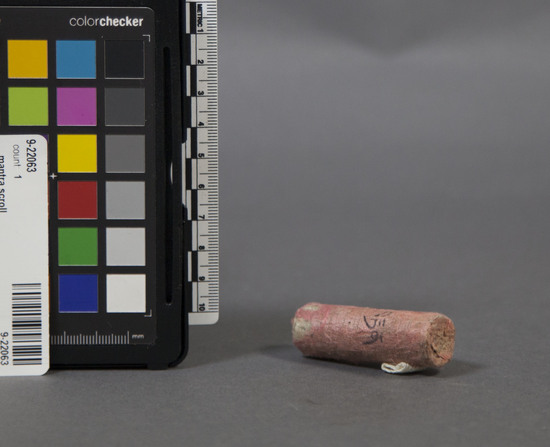Search
Search Constraints
Start Over
You searched for:
Object class
Mantras
✖
Remove constraint Object class: Mantras
Collection place
Xizang autonomous region (Tibet), Tibetan Pleatau, China
✖
Remove constraint Collection place: Xizang autonomous region (Tibet), Tibetan Pleatau, China
Function
7.0 Use not specified (Communication, Records, Currency, and Measures)
✖
Remove constraint Function: 7.0 Use not specified (Communication, Records, Currency, and Measures)
Search Results
 1 of 9
1 of 9
 2 of 9
2 of 9
 3 of 9
3 of 9
 4 of 9
4 of 9
 5 of 9
5 of 9
 6 of 9
6 of 9
 7 of 9
7 of 9
 8 of 9
8 of 9
 9 of 9
9 of 9